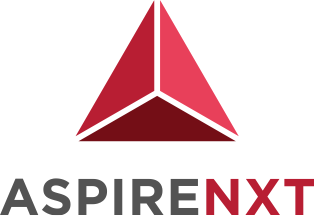Impact of cloud on Educational Institutions.

The idea of virtual classrooms has been around even before the internet. Lectures were recorded in tapes and distributed to rural areas. Later progressing to satellite, if you had a dish, you could access these broadcasted lectures. Now with the Internet and various applications that have been developed around education makes it possible for traditionally styled universities to diversify using cloud.
The rise of fully online universities and renowned universities providing online courses, makes it a solution that is here to stay.
Other than the obvious positive impact on the environment, we look at factors that affect the teacher, student and facilitator
Volume
The traditional educational systems are usually restricted with the number of students they can register based on their physical buildings capabilities. With cloud the ability to host unlimited number of students is not an impossibility. Availability of online and on demand Webinars make all knowledge accessible to all students, anytime, anywhere. The possibility of offline self-evaluation and instant results make progress tracking immediate and helps a student manage their subjects with ease.
Location
With traditional educational systems, a high-quality course is restricted to a classroom physically. The additional expenses of travel, lodging as well as food is borne by the student. With cloud the access to any course is not restricted to a particular location, the viability of global access makes it possible for a student to access the course of their liking from anywhere, as long as they have access to internet, Hence bringing education of their liking to remote locations. Avoiding the burden of travel, food and lodging expenditure opens major avenues for those who can’t afford the same. At the same time opening additional revenue for the facilitators through international students who can’t physically attend the courses.
Timeline
With traditional educational systems, the annual year is usually set in stone and cannot be flexible based on needs. With cloud admissions can be open all year round, online progress can be monitored. In case a situation arises that prevents a student from making it to a live classroom, on demand webinars make them still be in tune with current academic sessions.

Credits
With traditional educational systems, usually a minimum credit requirement is needed, and the options are quite limited, creating a very rigid system. With cloud, a student can now express his individuality by choosing from various topics they like.
Diversity in specialization avoids large numbers of excessively qualified groups in certain subjects.
Teacher/Student Interaction
With traditional education systems, the teacher will find it difficult to keep a track of individual progress and performances, usually due to the sheer number of students per class. Another drawback being the knowledge of interactions in a physical class is lost as they are not being recorded for students to use in the future, wasting a huge amount of time on repetition.
The use of a wide range of available and custom social platforms for interaction between the teachers and students make tracking progress a uniform process. Also the availability of access to an archive of questions asked by students allow them to widen their range of thought on any subject, avoiding repetition.
If you want to invest and move your education system to cloud, we recommend more investigation into the same, as each institute is different on a micro level. You will need a person with the expertise to evaluate your system.
We at Aspire NXT can help you evaluate your system and suggest a solution that is customized for your needs.




